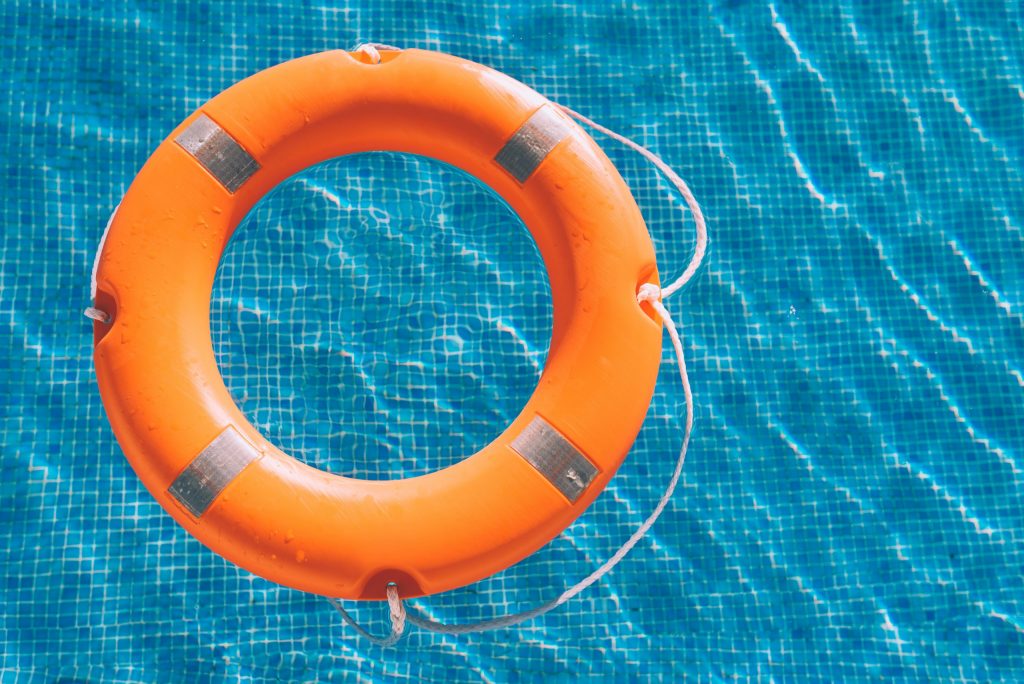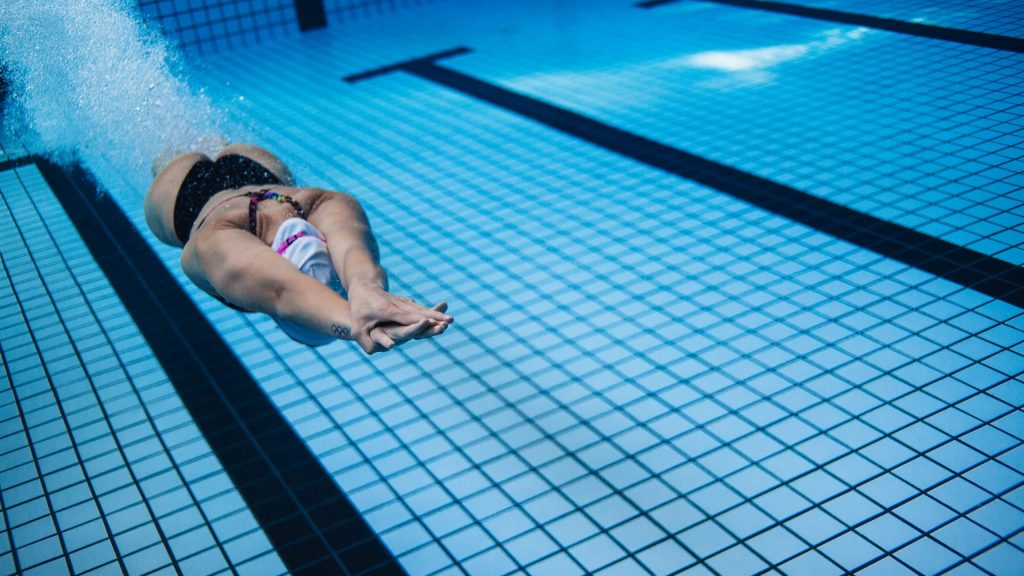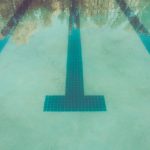DE Pool Filter Basics – What Is Pressure DE Pool FIltration?
In our last article, we went over essential information on vacuum DE pool filters and their uses at a swimming facility. This week, we’ll look at the pressure DE pool filter, how they work and how to properly maintain them. Certified Pool Operators® require extensive knowledge of all pool filtration systems and DE filtration is a great jumping-off point.
How It Works
Pressure DE systems have vertical filter tanks, where two halves are held together by compression clamps, bolds, or locking screw closure rings. There is also a seal between the two halves consisting of an O-ring or a gasket. The system will have water inlet and outlet lines located on the bottom half of the filter tank. An air relief valve on the top of the pressure DE pool filter allows internal pressure to release before servicing the equipment.
The filter’s grid assembly comes in different sizes and shapes and is made of plastic covered in synthetic cloth. The synthetic cloth serves as a support base for the DE cake and the grids are held together by a collection manifold and a support bracket.
Water enters the filter tank through a series of valves or a multi-port valve. The water is then directed to the bottom of the tank without touching the grids. This action collects the DE on the bottom of the tank and depositing it on the grids. Suspended dirt gets trapped on the DE powder as the cleansed water passes through. The water that leaves the filter through the output port is then returned to the pool.
Backwashing a Pressure DE Filter
During a filter cycle, suspended dirt in the passageways of the DE cake causes an increase in pressure and a decrease in flow. Once the pressure for a single gauge operation exceeds 10 psi higher than the starting pressure of the cycle, the filter must be cleaned (backwashed). Backwashing is carried out with the use of multiple valves or a multi-port valve. The flow of the water is reversed, causing the DE cake to break off. The dirty water is directed to the separation tank and then to waste.
Several state regulations require that pressure systems have a sight glass installed on the waste effluent line exiting the filter tank. This allows Certified Pool Operators® to see exactly when the tank water runs clear. The pump should be turned off and restarted 3 times to remove all contaminated cake that sticks to the filter grids.
The length of time required between backwashes can be extended by installing a slurry feed system. A slurry of DE is continuously fed into the filter tank to create new surfaces of DE on the filter grids.
Manual Cleaning
While automated backwashing systems are very useful and efficient, commercial swimming facilities also require manual cleaning every three months. Grids should be removed from the filter as per the manufacturer’s instructions and sprayed down with water. Certified Pool Operators® must then inspect the grid cloth for damage and then soak the elements of the filter to remove oily compounds. If needed, the grids should also be soaked in acidic filter cleaner to remove mineral buildups. Finally, the pool operator will reassemble the filtering mechanism.
More DE Pool Filter Information
To learn more about the pressure DE pool filter and more, go to the experts at Pool Operation Management. The CPO® certification class is a great start to becoming a pool expert. Our award-winning pool operator training courses show you how to properly operate a swimming pool or spa facility. Our two-day courses offer a wealth of information and training in everything from pool chemicals to energy conservation to risk and liability. For the very best in pool operation, contact us today.







